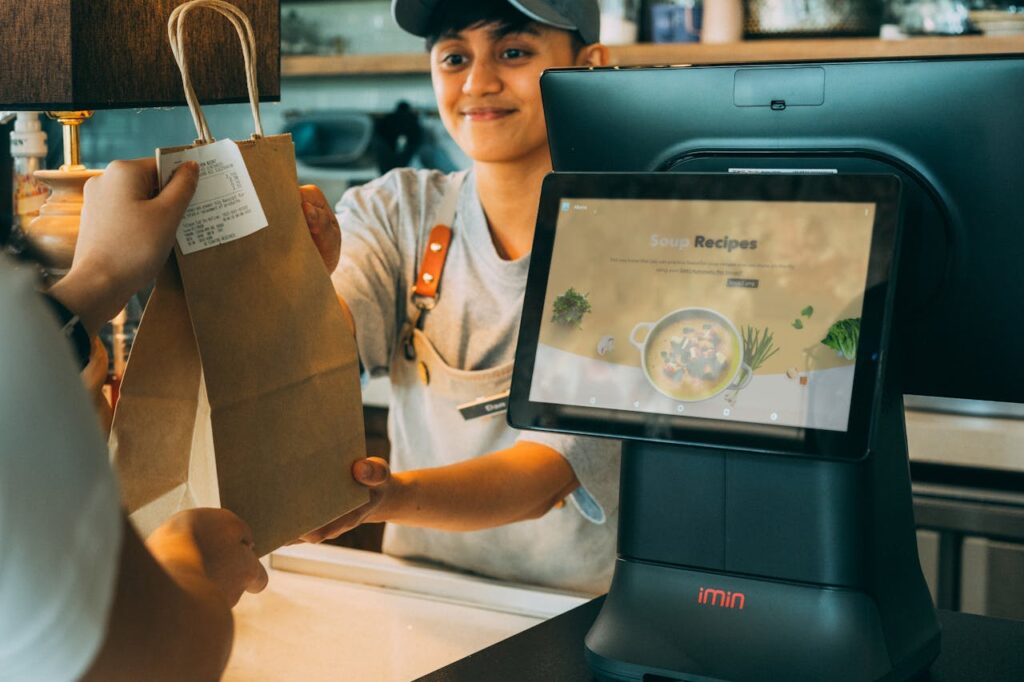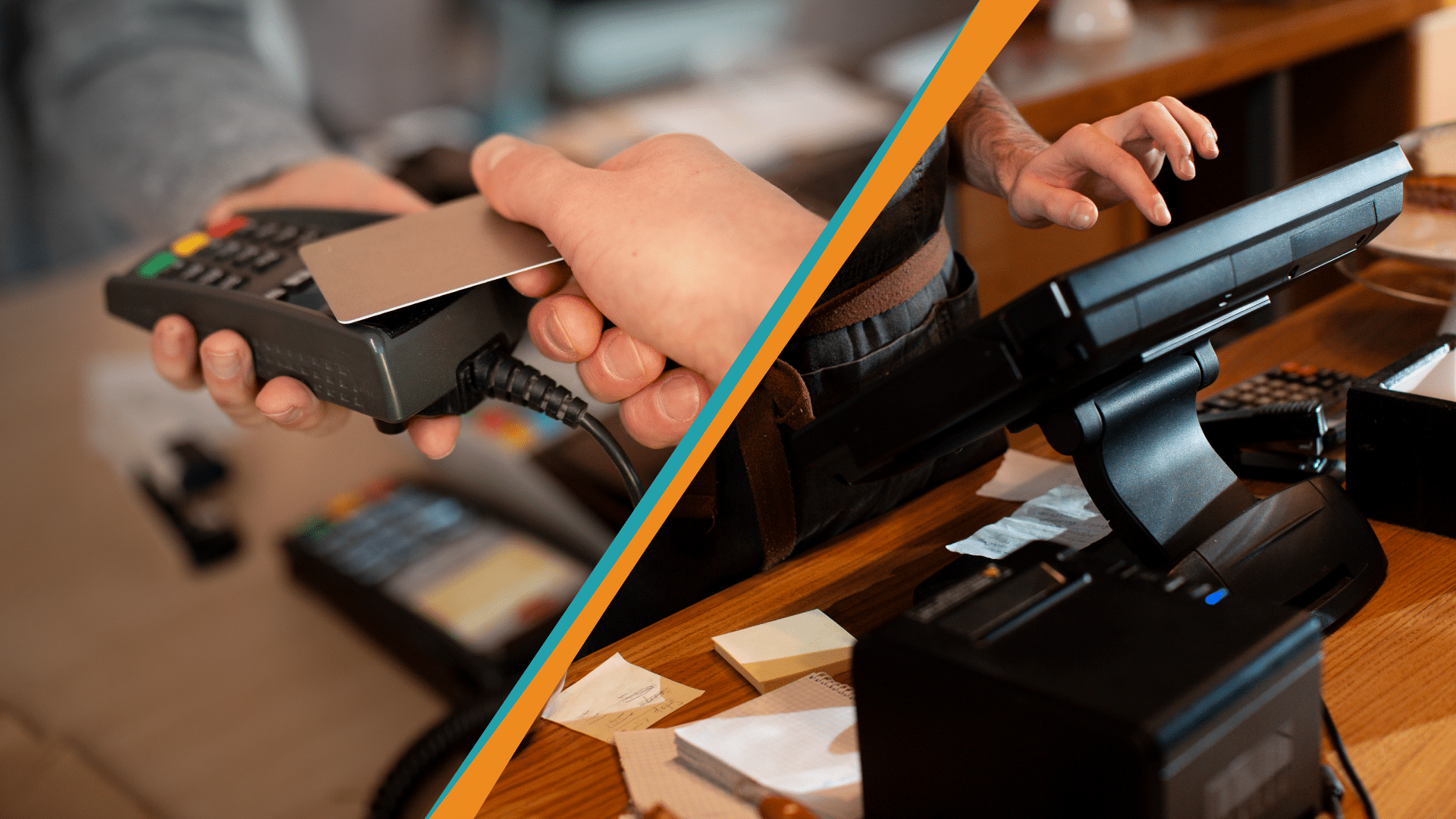The Future of Category Updates Lies in POS System Technology

In the fast-paced world of retail, staying ahead of customer demands and managing inventory effectively are crucial for success. A well-organized product catalog with accurate category updates can significantly impact a retailer’s efficiency, profitability, and customer satisfaction. This is where Point of Sale (POS) systems come into play. As technology evolves, POS systems are transforming the way retailers handle category updates, paving the way for a future of streamlined operations and data-driven decisions.
The Importance of Category Management
Category management is the backbone of any retail operation. It involves organizing products into categories based on customer preferences, sales data, and inventory levels. An effective category management system ensures that products are easily accessible to customers, promotes upselling opportunities, and reduces operational inefficiencies. However, traditional methods of category updates can be time-consuming and error-prone, especially for businesses with large inventories or frequent product changes.
Enter POS system technology. Modern POS systems are designed to simplify and enhance category management, providing retailers with the tools they need to stay competitive in an ever-changing market.
Real-Time Updates and Accuracy
One of the standout features of advanced POS systems is the ability to update product categories in real-time. This means that any changes made to a product’s category, price, or availability are immediately reflected across all sales channels, including in-store terminals, e-commerce platforms, and mobile apps. This real-time synchronization eliminates discrepancies between inventory systems and customer-facing platforms, ensuring a seamless shopping experience.
For example, if a retailer decides to reclassify a product from one category to another based on seasonal demand, the POS system can instantly implement the change across the board. This not only saves time but also reduces the risk of errors that can lead to customer dissatisfaction or lost sales.
Data-Driven Decision Making
Modern POS systems are equipped with robust analytics capabilities that provide retailers with valuable insights into sales trends, customer preferences, and inventory performance. By analyzing this data, retailers can make informed decisions about category updates and optimize their product offerings.
For instance, a POS system might reveal that a specific product category is underperforming. Retailers can then use this information to adjust their strategies, such as merging the category with a more popular one or introducing promotions to boost sales. Conversely, high-performing categories can be expanded or highlighted to maximize revenue.
Integration with Other Systems
Today’s POS systems are designed to integrate seamlessly with other business tools, such as inventory management software, customer relationship management (CRM) platforms, and e-commerce systems. This integration ensures that category updates are consistent across all touchpoints, creating a unified and cohesive brand experience.
For example, when a new product is added to a category, the POS system can automatically update the inventory count, adjust the website’s product listing, and notify the CRM system to include the product in targeted marketing campaigns. This level of automation reduces manual effort and ensures that every aspect of the business is aligned.
Enhancing Customer Experience
A well-organized product catalog is essential for providing a positive customer experience. With advanced POS systems, retailers can create dynamic and personalized category structures that cater to individual customer needs. Features like AI-driven recommendations and predictive analytics enable retailers to anticipate customer preferences and tailor their offerings accordingly.
For example, a POS system might suggest creating a new category based on emerging trends or customer search data. This proactive approach ensures that customers always find what they’re looking for, enhancing their overall shopping experience and fostering brand loyalty.
The Role of Automation and AI
The future of category updates is increasingly tied to automation and artificial intelligence (AI). POS systems are leveraging AI to predict trends, optimize pricing, and recommend category adjustments. Automation further streamlines the process, reducing the burden on staff and minimizing human error.
Imagine a scenario where an AI-powered POS system detects a sudden surge in demand for a particular product type. The system can automatically create a new category, adjust inventory allocations, and suggest pricing changes to capitalize on the trend. This level of responsiveness is only possible with the integration of cutting-edge technology.
Conclusion
The future of category updates lies firmly in the hands of POS system technology. By enabling real-time updates, providing data-driven insights, integrating with other systems, and enhancing the customer experience, modern POS systems are revolutionizing the way retailers manage their product catalogs. As automation and AI continue to evolve, the potential for further innovation in this space is limitless.
Retailers who embrace advanced POS systems will not only streamline their operations but also gain a competitive edge in today’s dynamic market. The ability to adapt quickly and efficiently to changing customer needs will be the defining factor for success in the years to come.






